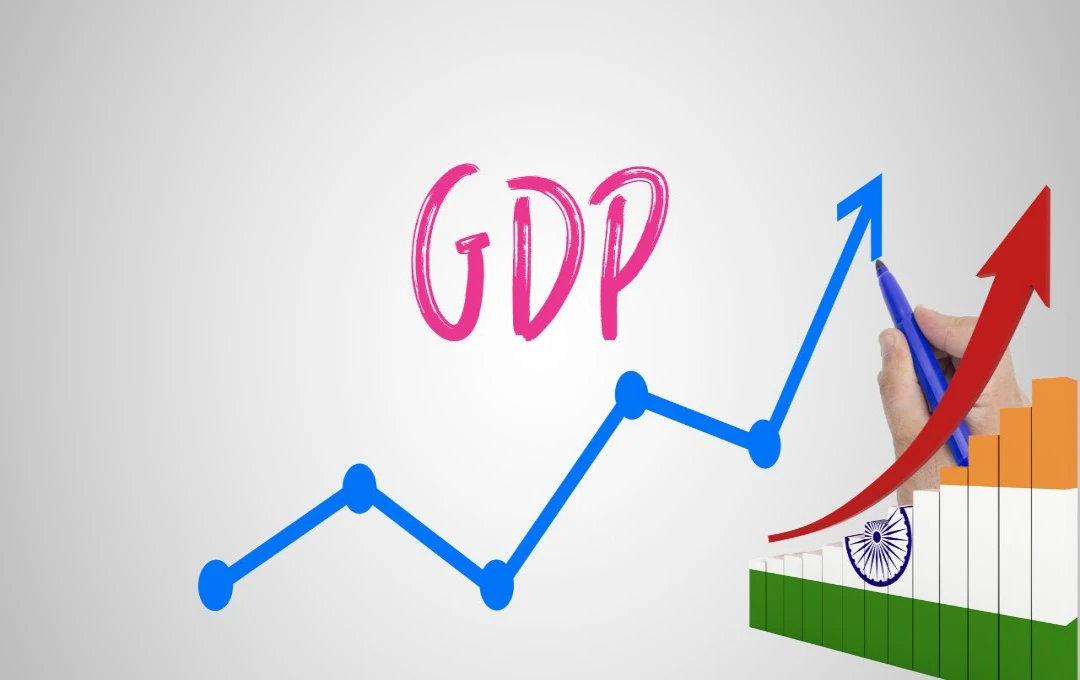According to a UN report, India's GDP is projected to grow at a rate of 6.6% in 2025. This growth will be driven by private consumption, investment, and infrastructure development. Agricultural output and favorable inflation will also contribute to the economic improvement.
GDP: The United Nations' 'World Economic Situation and Prospects 2025' report anticipates that the Indian economy will expand by 6.6% in 2025. This growth is expected to be supported by robust private consumption, investment, and infrastructure development. Compared to an estimated 6.8% growth in 2024, a slight decline is projected for 2025. However, the economy is expected to rebound to a 6.8% growth rate in 2026.
South Asian Economic Situation
The report predicts that South Asia's economic growth will likely be 5.7% in 2025 and 6.0% in 2026. This is anticipated due to India's b performance and improvements in economies like Nepal, Bhutan, and Sri Lanka.
Infrastructure Development as a Support
Infrastructure development and substantial public sector investment in India are expected to bolster the economy. Investments in social infrastructure, digital connectivity, and sanitation and water supply projects will stimulate economic growth.
Impact of Agriculture and Monsoon

A favorable monsoon in 2024 is expected to lead to increased agricultural output in 2025. Improvements in the sowing of key crops are anticipated to strengthen the rural economy.
Investment and Inflation
Investment is projected to remain robust in 2025. Consumer price inflation is anticipated to decrease from an estimated 4.8% in 2024 to 4.3% in 2025, remaining within the Reserve Bank of India's target range of 2-6%.
Employment and Gender Inequality
The report indicates that India's employment indicators remained b through 2024. The urban unemployment rate remained stable at 6.6%, while female labor force participation improved. However, gender inequality persists.
Impact of Climate Change
South Asia faced significant climate-related shocks in 2024. Heatwaves, droughts, and erratic rainfall reduced crop yields in Bangladesh, India, Pakistan, and Sri Lanka. This disproportionately affected poor rural families and exacerbated income inequality.












